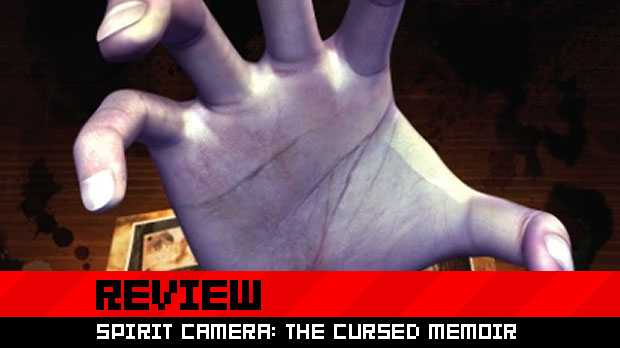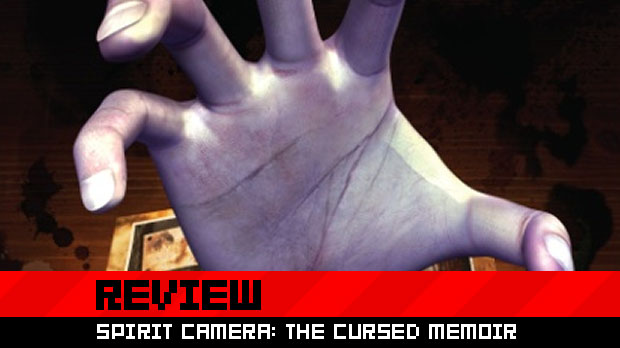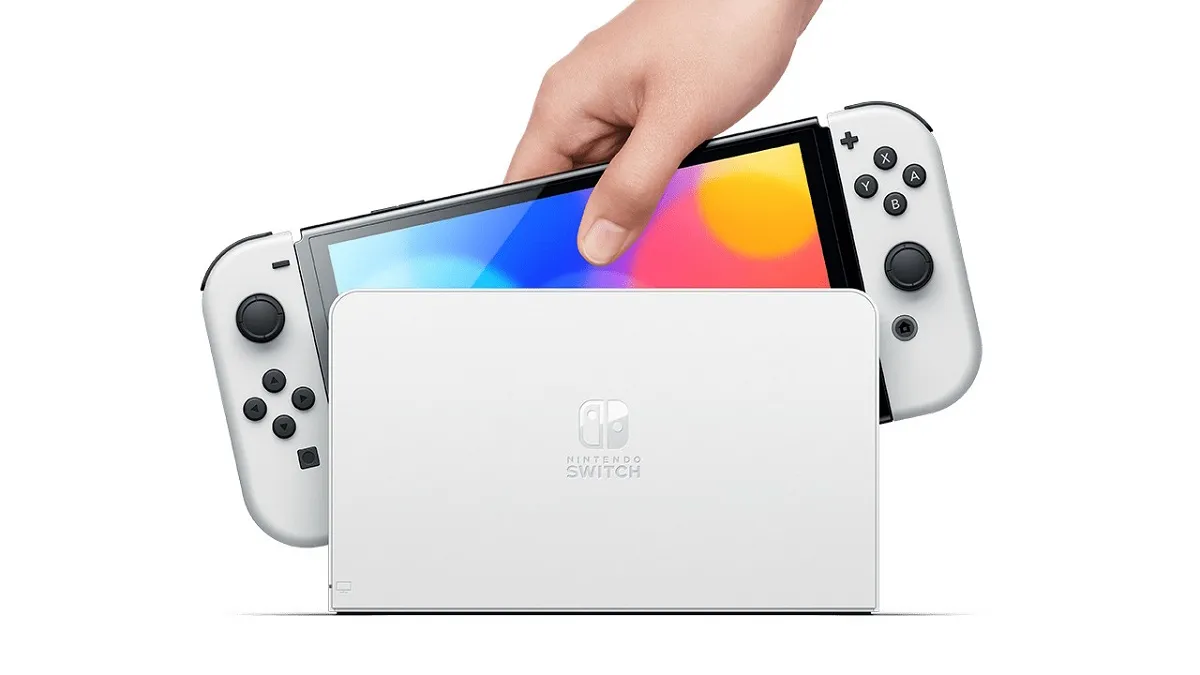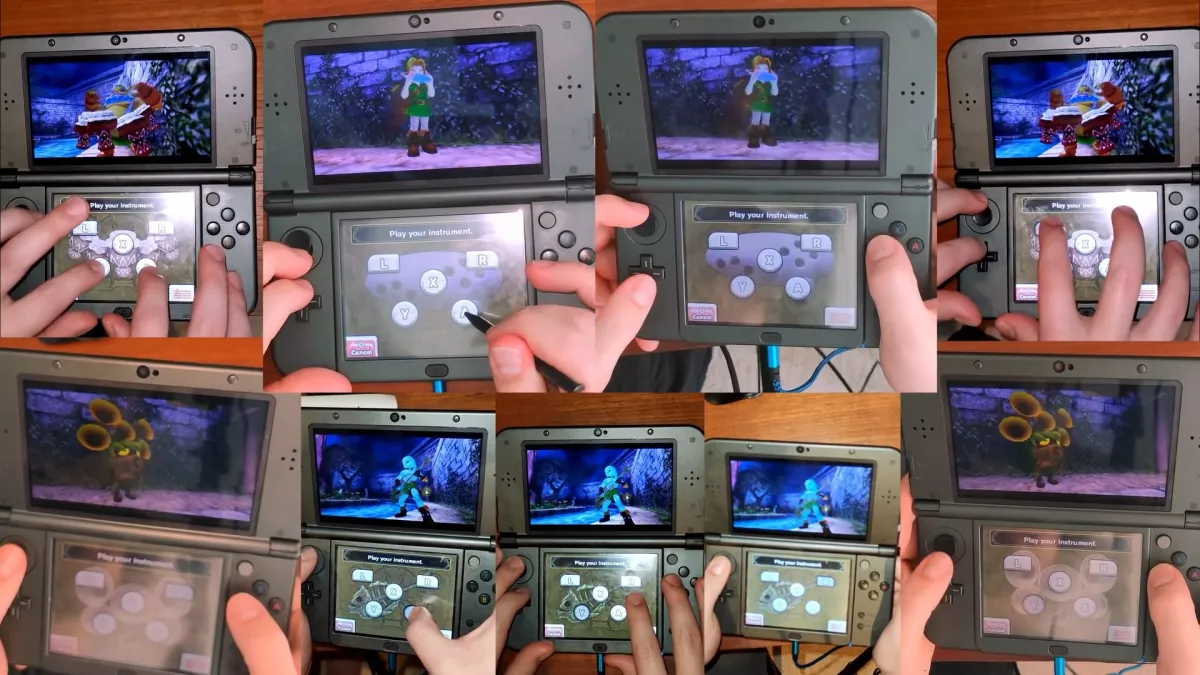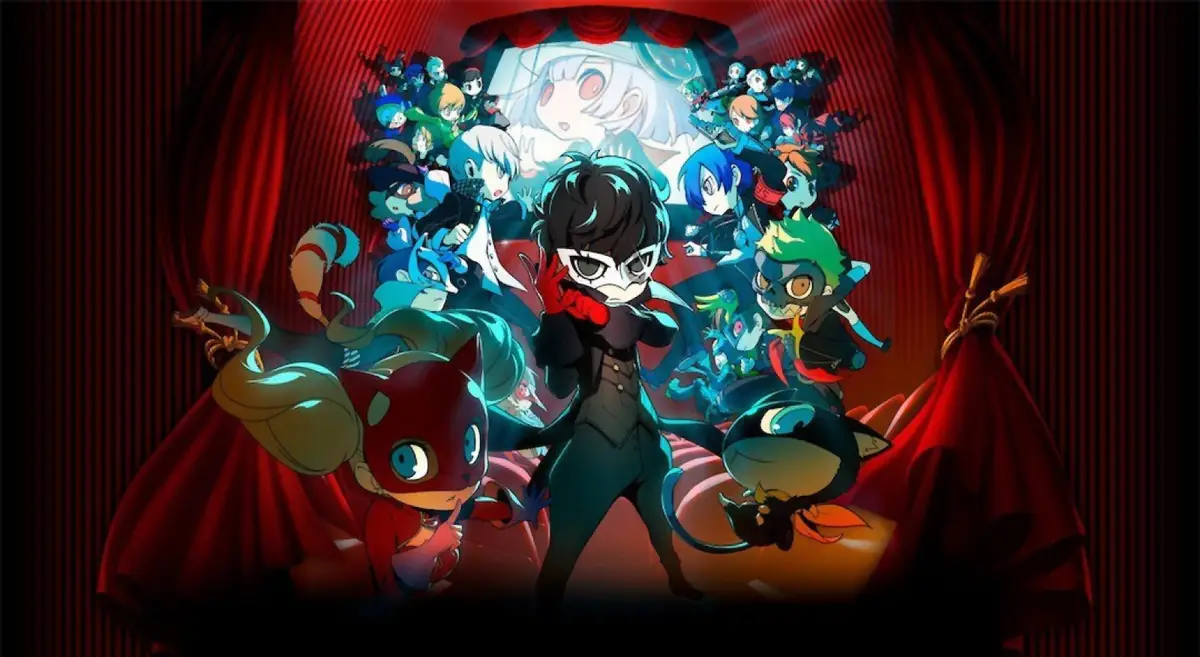In theory, the idea behind Spirit Camera is brilliant. Exploiting the 3DS’ augmented reality features to turn players into ghost hunters is a marvelous undertaking. I love the thought of scurrying around the house, pretending the 3DS is a magic camera that can see malevolent spirits in the real world.
Unfortunately, there’s a major setback to the whole thing, and it’s apparent the moment you start the game.
Spirit Camera is an eerie ghost story that warns you, from the outset, that it needs to be played in a well lit area.
That’s just the first problem, too.

Spirit Camera: The Cursed Memoir (3DS)
Developer: Tecmo Koei
Publisher: Nintendo
Release: April 13, 2012
MSRP: $39.99
Spirit Camera: The Cursed Memoir keeps its association with the Fatal Frame series off of its packaging, but once you get into the game, you’ll notice that the main story mode is supposed to be a spin-off of the classic horror franchise. Those expecting a chilling experience on par with Tecmo’s survival horror games, however, are in for an immense disappointment.
The convoluted premise sees players coming into possession of the Camera Obscura, a magical camera that can see supernatural phenomena. The 3DS itself proudly takes the role of the aforementioned camera, while a provided AR book, full of pages that the handheld system can recognize, acts as the Diary of Faces. Over the course of the game’s two-hour campaign, players will interact with this diary, solve inane puzzles, and do battle with ghosts.
More of an interactive novel broken apart by light challenges, The Cursed Memoir‘s story trots out the same tired Japanese horror tropes you’ve likely experienced a thousand times, with long-haired spirit girls, wearily “creepy” children, and arcane rituals all making their familiar and trite appearances. It’s like a class reunion of every overplayed Eastern horror movie, with dialog that is only randomly delivered via voice acting, and a ghostly companion that players are constantly prompted to talk to in between narrative moments, for no reason whatsoever.

The biggest problem with Spirit Camera is that the “gameplay” isn’t worth the hassle of getting it to work. First of all, the 3DS doesn’t have the best camera in the world, and it requires a lot of light before it will recognize the AR book, which itself needs to be constantly folded to stop the pages sticking up in the air. I was actually restricted to playing Spirit Camera during the day, for the lights in my house are too soft for the 3DS to work with. During afternoons, I was moving from window to window, attempting to chase the setting sun as it shifted over my house. To play it at night, you’ll need rather bright lights which, for a ghostly horror game, really seems to defeat the object.
When the 3DS can actually recognize the book, players will need to find the right pages to make the contained pictures come to life. Every now and then, there will be a simple puzzle — usually involving changing the camera lens with a D-Pad press in order to see something special. At one point, there’s a game of hide-and-seek with a child who gives vague clues as to which page he’s on. It’s all very remedial stuff, intended to show off the system’s AR capabilities … which are too limited to deserve showing off.
The action picks up a little with combat sequences, during which players will need to stop hunching over the book and stand up to take photos of ghosts that could attack from any angle. Battles will be familiar to those who have enjoyed Fatal Frame, as players focus the camera on a ghost to charge up a power meter and snap photographs to reduce its health. When the meter turns red, the opponent is going to launch an attack, countered by quickly taking a picture. While these fights are interesting at first, the predictable attack patterns, limited interaction, and miserably slow pace cripple any potential excitement that could have been had. Eventually it becomes a case of walking around in a circle until you see red on the screen, hitting a button, and repeating.
Not to mention, you can get a near-identical combat system in Face Raiders, which is packaged for free on the 3DS already. The only difference is that Nintendo’s free game is a lot faster and far more engrossing than the trudging waste of time presented in Spirit Camera.

Between the requirement for a strong light source, the need to either hunch over a book or spin around the room, and a number of puzzles that seem to require players having three arms, Spirit Camera presents itself as a game that truly doesn’t care about the player’s time or convenience. As is often the case with glorified tech demos, Tecmo Koei’s “horror” game selfishly puts its own ideas above its user’s entertainment.
It’s simply not fun to have to hold down a page on a book while pressing the D-Pad with a single hand, as the other hand is trying to hold the 3DS at the right angle and distance from the page. It’s not fun to constantly twist the 3DS around and talk to some gormless fool sat “next” to you in order to continue a dull story. It’s not fun to wander in a circle taking pictures of ghoulies that sound as bored as you are. Spirit Camera is everything a game should be not — self-absorbed and gleefully dismissive of the consumer.
It’s almost a mercy that the drudgery lasts less than two hours, but not enough of a mercy to escape criticism for being such a swindle. There’s an “extra” mode and a few minigames that try to pad out the running time, but they’re all fairly forgettable, mostly centered around taking photographs and finding pretend ghosts in them. In all fairness, these minigames represent what could have been a good idea. If Spirit Camera had dropped the lame story and geared itself more toward spontaneous ghost hunting, it might have been fun. It also wouldn’t have relied on the ridiculous AR book that contributes so much to the destruction of any and all atmosphere.

To top it all off, the game looks like garbage as well. There are a few nice FMV sequences, but the on-screen chicanery is a joke. When the cursed diary “comes to life,” players get to see superimposed images appear on the page, desperately trying to look authentic but coming across as embarrassing B-movie green screen effects. Characters are simplistic and poorly animated, and the 3D effects will likely need to be switched off, given all the moving around that the 3DS needs to do. After all, it’s not like Spirit Camera actually cares about its ideas working properly. It only matters that we see how clever it’s been.
The only good thing to say about Spirit Camera: The Cursed Memoir is that somewhere, maybe, at one point in time, there was a laudable ambition at play. As I said at the top of this review, I respect the thinking behind this project, and the potential of augmented reality gaming to provide some unnerving adventures. The result of Tecmo Koei’s attempt, however, is a demeaning waste of time. Shallow, predictable, awkward and pathetically brief, Spirit Camera isn’t worth the paper that its silly ghost diary is printed on.
You’ll have a scarier time using the AR features already packed into the 3DS and making spooky owl noises with your mouth.
